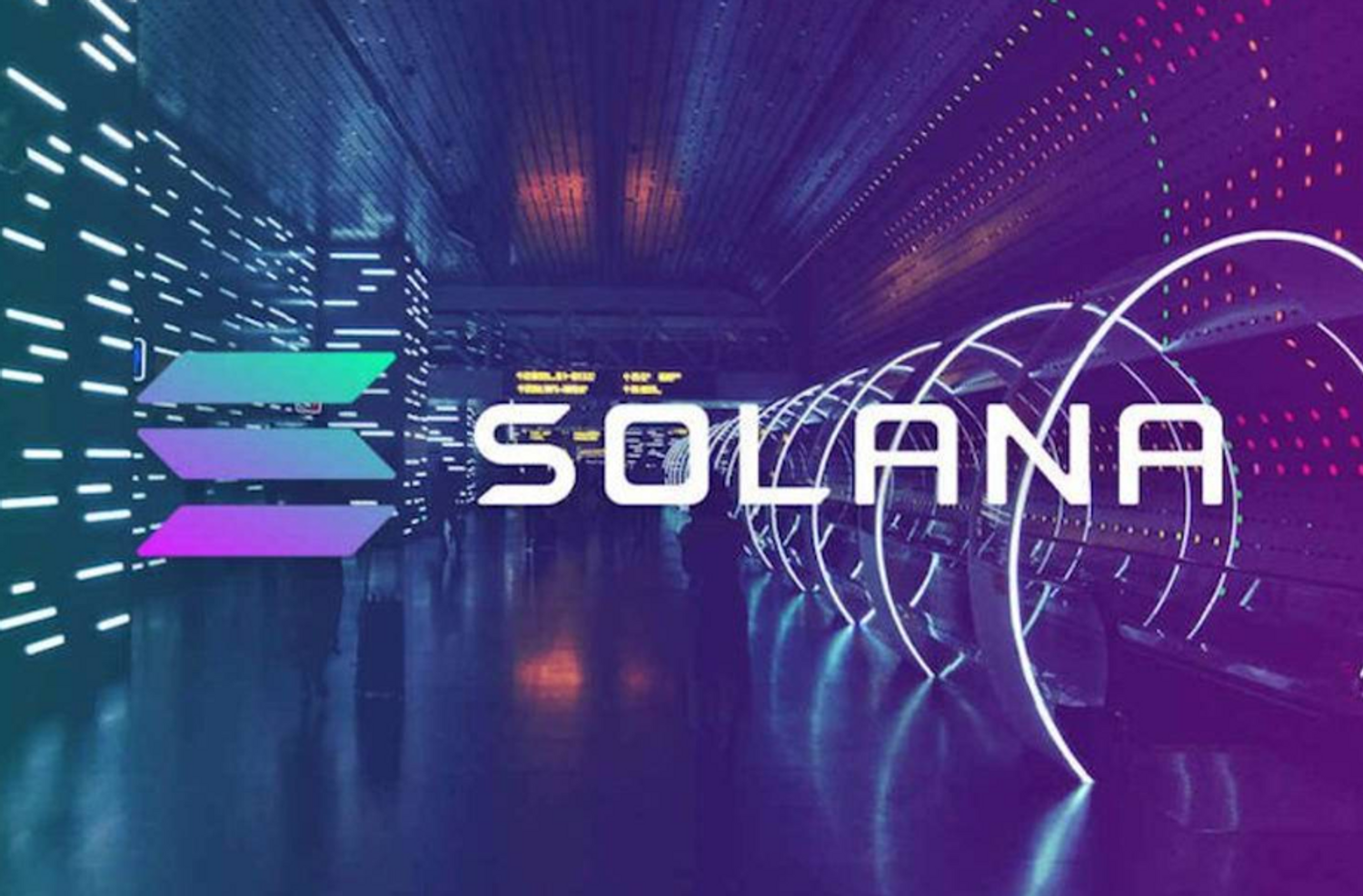Light Protocol Brings ZK Compression to Solana, Sparking Fierce Debate From Rival Militia
A new primitive promising to improve Solana's performance and scalability was met with criticism from supporters of alternative Layer 1s.
Sponsored- Author: Finn Miller
- Published: June 24, 2024 at 12:00
- Updated: June 25, 2024 at 10:13
Teased as one of the biggest improvements to the Solana ecosystem in months, Light Protocol’s ZK Compression protocol drew polarizing responses from the crypto community. While the Solana faithful lauded the development, confusion around the new primitive’s labeling and definition overshadowed the June 21 announcement.
What is zk Compression & How Does It Benefit Solana?
Developed by Light Protocol, ZK Compression leverages state roots and zero-knowledge validity proofs to ensure dramatically reduced network costs while maintaining Solana’s performance, security, and composability.
By compressing on-chain accounts into cheaper data space, the protocol aims to provide developers with significantly reduced state costs, allowing for greater scalability. According to Light Protocol’s documentation, internal testing suggests that token accounts created using zk Compression were 5,000x cheaper than regular account models.
Beyond the obvious benefit of cost-effective data storage, ZK Compression promises to be two-way compatible with existing SPL tokens. The protocol is fully composable, meaning that compressed accounts can be used in existing Solana applications. What’s more, developers and end-users can interchangeably transition between compressed and regular state accounts.
Granular details aside, institutional investor Raoul Pal was optimistic about the development. The Global Macro Investor founder and CEO took to 𝕏 to simplify the announcement.
Despite the excitement from within the Solana ecosystem, raging debate regarding what to call the protocol overshadowed the landmark reveal.
Is zk Compression a Solana Layer 2? Wider Community Weighs In
Light Protocol’s announcement attracted plenty of attention from across the crypto space, but not for the reasons you might expect. Prominent Ethereum community members were quick to label the new protocol as a Layer 2 network, similar to the ZK-rollup technology used to scale Ethereum.
Ryan Berckman, an avid Ethereum supporter, caused a stir when he claimed that Light Protocol’s announcement was an elaborate lie and accused Solana of “unethical BS”.
Austin Federa, Head of Strategy at the Solana Foundation, refuted the attack, arguing that while ZK Compression was “not the same as native Solana L1 state”, it couldn’t accurately be called a Solana Layer 2.
Federa’s comments were supported by Solana Labs founder Anatoly Yakovenko, who posited that ZK Compression offered all the benefits of a Layer 2 network, without the friction-inducing complications that might hamper its adoption, such as additional governance tokens and cross-chain bridges.
The raging debate even caught the attention of Ethereum founder Vitalik Buterin, who made his thoughts known on Farcaster, an alternative decentralized social media platform. The crypto icon opted for a more diplomatic assessment, defining Light Protocol’s protocol as “stateless client architecture”. This declaration aligns with the position held by Solana thought leaders and contradicts the belief that ZK Compression should be defined as a Layer 2 network.
[https://warpcast.com/vitalik.eth/0xf986f71e]
Regardless of how Light Protocol’s new primitive is ultimately defined, the announcement of ZK Compression on the network is considered to be a significant step forward for Solana’s scalability. Developers and tech-savvy enthusiasts will find all necessary SDKs and release notes in zk Compression’s official documentation.
Read More on SolanaFloor:
Institutional Funds Remain Confident in Solana:
Pantera Capital Doubles Down on Solana, Calling it the 'Mac OS' of Blockchains

